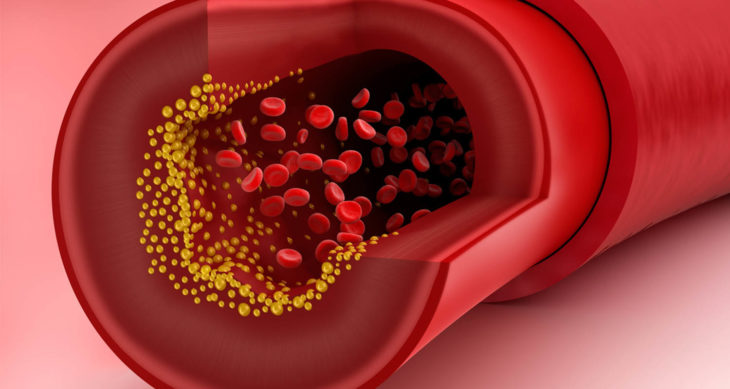Most likely, when you take a trip to the doctor for your annual physical, you are given a test to check up on your cholesterol. This test, known as a lipid profile, shows your overall cholesterol levels, as well as individual types of cholesterol. Even though cholesterol has gotten a bad reputation over the years, not all types of cholesterol are bad for your body. One type of cholesterol is known to be good for your health. Below, Dr. Bikash Chowdhury provides an overview of cholesterol to help you understand what those numbers on your lipid profile mean and if you are in the optimal range or not.

Source: Bulletproof
What Those Test Numbers Mean
Staring at that report, your doctor has just handed you and listening to him talk about it in unfamiliar medical jargon can be confusing and even scary. Here is a basic breakdown of what those numbers mean, to help you determine if you should be concerned about your cholesterol or if your numbers are at healthy levels.
Total Overall Cholesterol: Your reading for total cholesterol is precisely what it sounds like – the total overall amount of cholesterol in your bloodstream. A healthy range for total cholesterol is under 200 mg/dL.
LDL “Bad” Cholesterol: Having too much LDL, or low-density lipoproteins, can cause plaque to build up in your arteries. It’s detrimental to your health, putting you at risk of heart disease, stroke, and other circulatory issues. Ideally, your LDL reading should be below 100 mg/dL.
HDL “Good” Cholesterol: Think of HDL, or high-density lipoproteins, as the polar opposite of LDL. This type of cholesterol is good for your health and can prevent circulatory diseases. It balances the amount of LDL in your bloodstream. Recent studies have also shown that it has a positive impact on your metabolism and brain health. A good number for HDL is over 60 mg/dL.
Triglycerides: Although triglycerides aren’t a type of cholesterol, they are a type of fat that is related to your cholesterol levels. People with higher triglycerides usually have lower levels of healthy HDL cholesterol in their bloodstream. Try to keep those triglycerides under 150 mg/dL.

Source: Times of India
If Your Numbers Need Help
If your numbers are all within the healthy range, congratulations! You must be doing something right. But, if those numbers are not so healthy, there are things that you can do to get them there. Dr. Bikash Chowdhury strongly suggests creating an open dialogue with your doctor, who is in the best possible position to assess your health and help you make any necessary improvements. Your doctor may decide that you need changes to your diet, exercise routine, or prescribe a drug to help you get your cholesterol numbers back in the optimal range.

Source: Well-Being Secrets
How Often Should You Be Tested?
Even if your cholesterol numbers are in the healthy range, you should go back to your doctor for testing every two years. If your numbers have raised a red flag, then you should be checked at least once per year or more often if your doctor recommends it.
Knowing your cholesterol numbers is very important for your health. If you’ve already been tested recently, you are now armed with the information you need to know if you’re in that healthy range or not. If you haven’t been tested for a while, don’t put it off. Visit your doctor and get those numbers checked!
